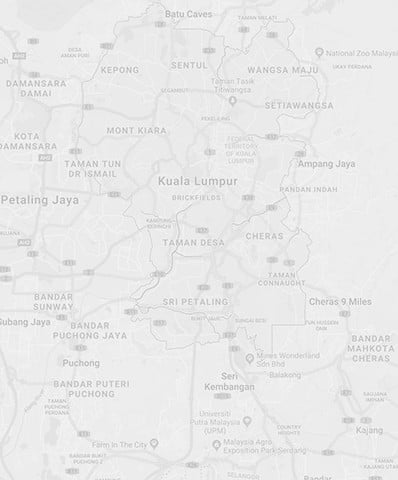We continue our celebration of the diversity of our student body with a look at Austrian National Day which is celebrated on October 26th and relates to the political developments of the country after WWII.
At the end of the war, Austria was occupied by four Allied Forces; Soviet Union, United States, Great Britain and France. As a result, the country was divided into 4 zones. Vienna, the capital was also divided into 4 zones, jointly administered by the Allied Control Council. It wasn’t until May 1955 that the Austrian State Treaty was signed, putting an end to the occupation.
On October 26th 1955, Austrian Parliament passed constitutional law on its permanent neutrality; this has been celebrated as Austrian National Day since 1965.
Each year:
- The Federal President honours victims of the resistance and lays a wreath at the Tomb of the Unknown Soldier, as well as addressing the population with a speech on TV.
- New recruits of the Austrian Armed Forces are sworn in.
- The Council of Ministers holds a festive meeting.
- The public may visit federal museums for free, or at a reduced price.
Did you know?
The Austrian flag is one of the oldest in the world. It is based on the coat of arms of the Babenberg dynasty from the 13th Century.
- Approximately 25% of the Austrian population lives in Vienna, and the entire population of Austria is more or less equivalent to the population of London!
The oldest zoo in the world is in Austria. Tiergarten Schönbrunn was built in 1752.
- Arnold Schwarzenegger grew up in Austria.
- The sewing machine was invented in Austria by Josef Madersperger.
62% of the country is covered by the Austrian Alps
- Austria is a landlocked country, bordered by Hungary, Slovakia, Czech Republic, Germany, Slovenia, Italy, Switzerland and Lichtenstein.
- Austria is famous for its classical composers: Franz Liszt, Mozart, Strauss, Schoenburg, Josef Haydn and Franz Schubert.
- Austria despite being landlocked makes 60% of its electricity from renewable sources, notably hydroelectric dams.
Why not try our Austrian menu at home?
In the next few weeks we will return to campus and be able to enjoy sharing great food to celebrate the national dishes of our diverse student population. In the meantime here's a few Austrian meal ideas you could try at home.
- Chicken Schnitzel with Hot Potato Salad and Green Leaves
- Austrian Beef Goulash and Creamy Austrian Rice with Peas and Onions
- Austrian Kasespatzle (Austrian Mac & Cheese🧀😁)

